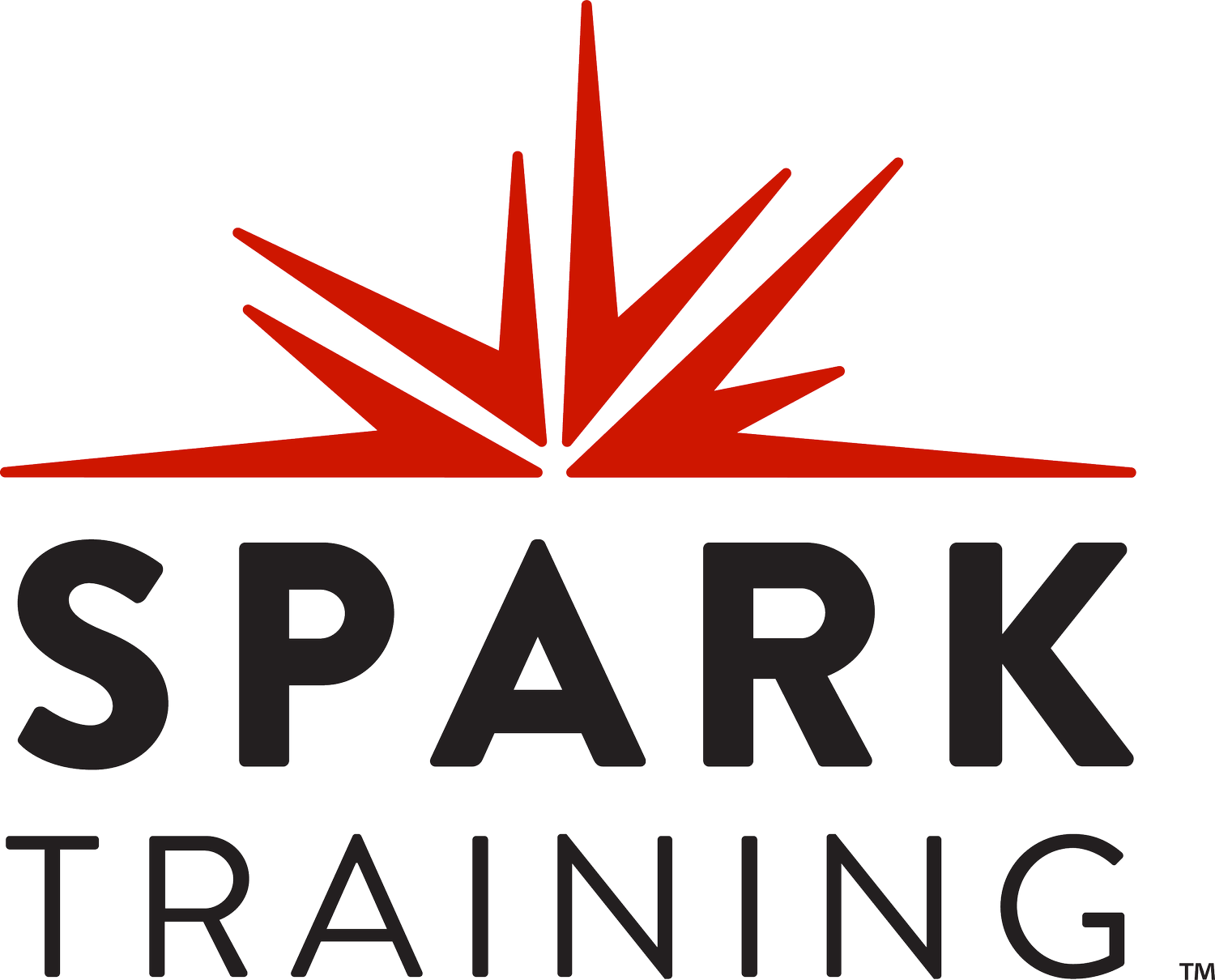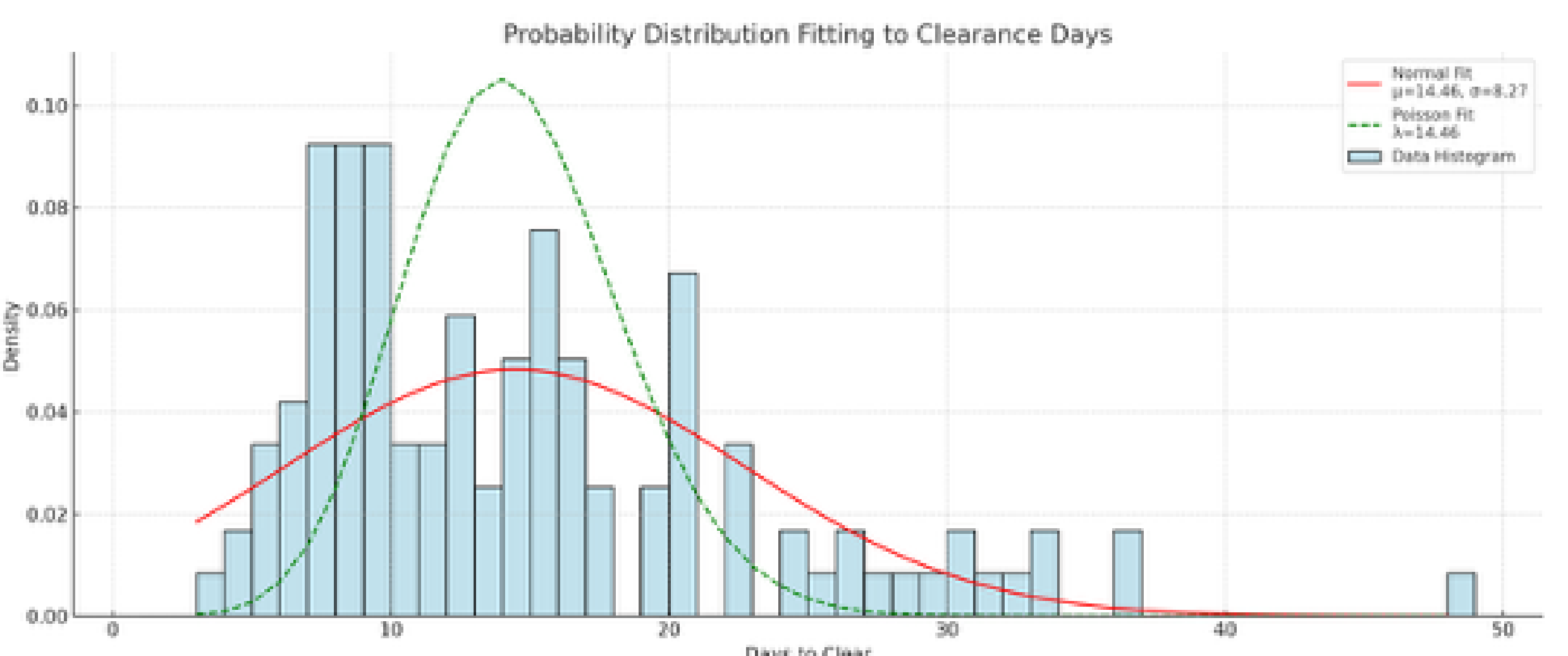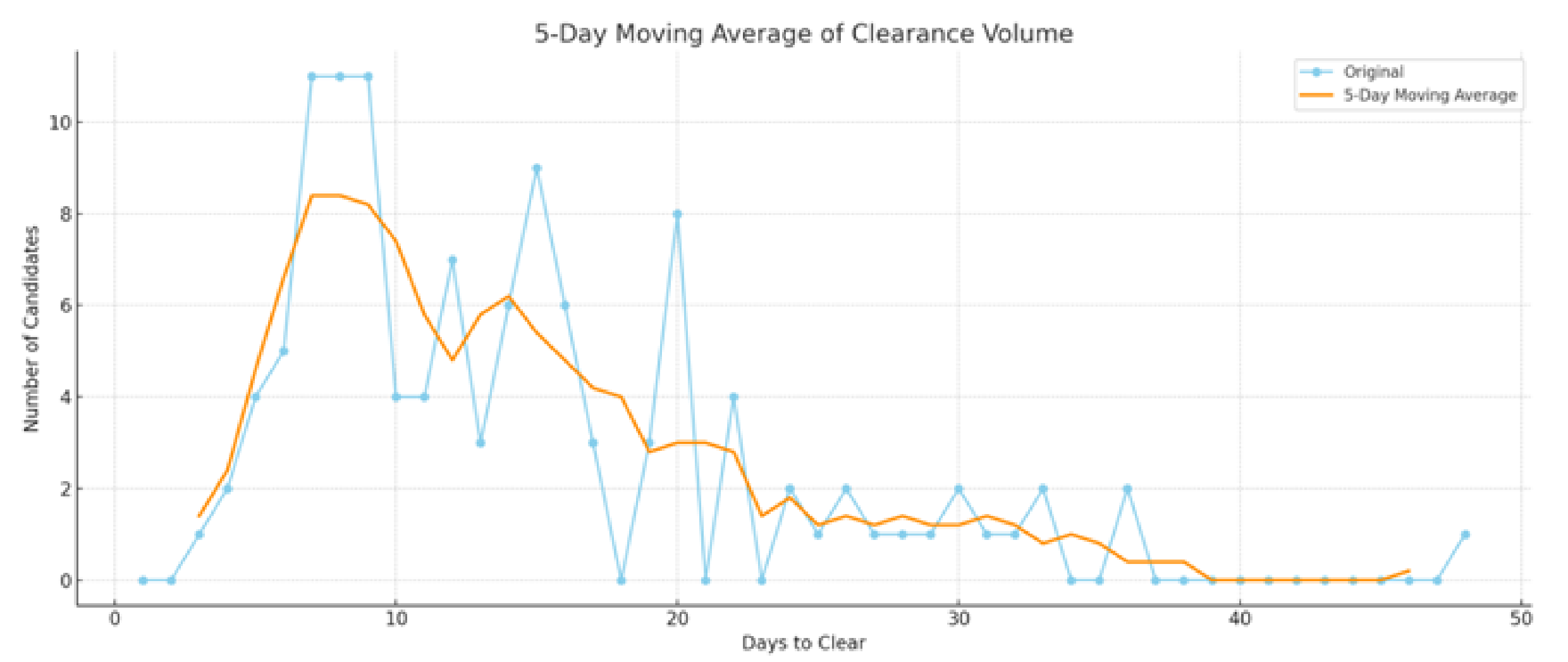BCA Clearance Times Delay Patient Care in Minnesota Jails
Citation: Mooreland, V., Young, J., Tharp, D. (2025). BCA clearance times delay patient care in Minnesota jails. Spark Training. https://doi.org/10.5281/zenodo.17315140
Abstract
In Minnesota, the majority of jail healthcare services are provided by subcontractors. Before they can begin working in the jail, healthcare workers must undergo a background check through the Minnesota Bureau of Criminal Apprehension (BCA). However, inefficiencies in the BCA clearance process have led to significant delays, ranging from three weeks to three months. The main consequences of these delays are twofold: patients are not being seen, and valuable resources at the local, state, and contractor levels are being used inefficiently. This paper advocates for the development and/or communication of clear BCA criteria and a more streamlined process, including e-submission capabilities for subcontractors, to reduce inefficiencies and support subcontractors in providing timely services to correctional facilities.
Introduction
Correctional healthcare in Minnesota relies heavily on private subcontractors, which provide jail-based medical services for approximately 70% of counties in the state (See Fig. 1). Unlike jails, which can process clearances in just a few days through an electronic submission system, subcontracted healthcare providers face a lengthy, manual application process that can take anywhere from two weeks to three months (HRLB, 2025). This bureaucratic inefficiency leaves jails short-staffed, delays patient care, and burdens both public and private resources.
Methodology
To evaluate the delays in the clearance process for private healthcare providers in Minnesota's correctional facilities, a dataset was sourced from organizational candidate background tracking platforms, covering the period from January 2024 to April 2025. This dataset included records for 116 candidates who went through the clearance process, capturing the number of days it took for each candidate to clear, as well as the number of candidates cleared within each specific time frame.
Descriptive statistics were calculated to understand the typical range of clearance times and to uncover any trends over time. Probability fitting was also conducted to determine whether clearance times followed expected patterns. This approach aimed to uncover inefficiencies and offer insights into potential bottlenecks in the system.
Results
Despite 100% of candidates clearing, clearance times are notably inconsistent. The average BCA clearance time is within 2 weeks, but the range spans from 3 days to 48 days, with many candidates taking over 20 days to clear. Only ten percent of candidates took between 7 and 9 days to clear. Probability fitting revealed a cluster of candidates cleared in under 10 days, with a long, inefficient tail extending up to 48 days:
A 5-day moving average was applied to smooth fluctuations in clearance volumes. This analysis revealed a distinct operational peak around 7–10 days, followed by a sharp drop-off after day 15. This indicates that most candidates clear within 2 weeks, but a significant delay persists for those cleared later in the process:
Limitations
This analysis is based on a limited dataset of 116 candidates collected over a 16-month period, which may not capture all seasonal or operational variations across different counties or timeframes. Clearance duration data was sourced from organizational tracking platforms, and while it reflects real process timelines, it may be incomplete or subject to reporting inconsistencies. The analysis also assumes uniformity in the submission process across subcontractors. Variations in internal workflows, staffing, or case complexity were not captured in the dataset. Finally, while statistical distributions were fitted to the data, these models are simplifications and may not fully reflect the operational nuances of the clearance process.
Discussion
Analysis revealed delays and inconsistencies throughout the BCA clearance process for subcontracted individuals. This differs greatly from local jails who are provided with an e-submission process and a short turnaround (HRLB, 2025). The mean clearance time of 7-10 days for contractors cannot compete with non-subcontracted processing estimates of 3 days.
Despite 100% of subcontracted individuals clearing, it took up to 48 days for some to clear. That is 48 days that jails are not staffing otherwise qualified individuals who provide life-saving medical services. The fact that individuals are receiving clearance indicates that the issue is not the applicants themselves, but the system used to determine applicant eligibility.
Continued delays and variability in the BCA clearance process for subcontracted healthcare workers have contributed to critical operational issues, including:
Patient Care Delays
Healthcare staff cannot begin work until they receive clearance, leaving patients unseen for extended periods. In 2023, Minnesota Department of Corrections (MNDOC) released a report identifying that correctional nurse staffing levels were at least 17% below what was needed to meet basic operational demands. This level of understaffing “represents a significant staffing issue and risk for the Department” (MNDOC, 2023). Deaths in Minnesota county jails have doubled since 2018, with county Sheriffs recognizing “an opioid and a public health crisis” in local communities (MNDOC, 2024; Winter, 2024). Despite the data, qualified nurses are still being prevented from seeing patients amid long clearance processing times.
Financial Drain
Counties – and by extension, taxpayers – continue to pay for positions that have been filled when an individual is unable to work due to delayed clearances. MNDOC encourages “putting candidates selected immediately on payroll while final background checks are conducted. These “pending appointments” begin paying immediately without giving staff access to detainees “to expedite hiring and reduce officer turnover” (MNDOC, 2023). For example, an individual may be hired and be added to the payroll on the first of the month but is unable to enter the jail until granted BCA clearance on the thirtieth. When county budgets go toward staffing subcontracted individuals, delays in start dates can mean that taxpayer dollars are going toward staffing a position that is not able to perform job duties and patients are not receiving adequate levels of care.
Impact on Care Quality
In their 2023 report, MNDOC recommended using officers to address healthcare staffing gaps by “provid[ing] correctional staff with direction on handling medical events when healthcare staff are not present,” and to “identify any opportunities to substitute lower-level providers for current registered nurse positions.” Unfortunately, these workarounds reduce the quality and level of care the county is able to provide, as officers and non-registered nurse providers are not licensed to perform essential and mandatory health tasks, such as basic medical assessments (Young, 2024).
Processes Redundancies and Inefficiencies
Subcontracted healthcare workers are currently required to complete a lengthy, manual application that includes four pages of documentation, physical fingerprint cards, and a $35 fee (HRLB, 2025). Even minor errors or omissions in the application, such as a missing email address, can result in rejections. Only upon request are applicants informed of the reasons for denial, after which they must restart the process by resubmitting the application in its entirety, which takes “approximately one month” (HRLB, 2025). Even once the requested changes have been made, resubmitted applications have once again been denied after discovering another error or omission, indicating the need for a more comprehensive application screening process (BCA, 2025a). Meanwhile, jails using the BCA's electronic system are able to process identical clearances in as little as three days (HRLB, 2025).
Operational Barriers in the BCA Clearance Process for Subcontractors
Pre-Screening Criteria
The BCA does not provide subcontractors with pre-screening guidance or a list of disqualifying factors, leading to preventable application errors and denials. If such criteria were available, subcontractors could better support their staff and partners by identifying likely disqualifications in advance.
Manual vs. Electronic Submission
Subcontracted providers are excluded from the electronic clearance system available to jails. As a result, they face longer processing times and higher administrative burdens. In some cases, the BCA has halted application processing altogether due to its own staffing issues. There is no workaround or interim solution provided to contractors in these situations.
While the BCA does not make their screening tools public, computer systems are known to have the ability to quickly and comprehensively screen high volumes of data a day and flag errors with a significantly low margin of error (Ye, 2020).
The BCA requires that each worker be accurately classified by employers in their system, in part so that contractors can monitor annual training compliance (HRLB, 2025). Subcontractors cannot rely on jails to submit applications on their behalf for faster clearance, as only the classified employer can track and manage this data (Olmstead County Sheriff’s Office, 2025).
Decision-Making Process for Appeals
The BCA offers an appeal/waiver process but does not disclose the evaluation standards used to determine clearance outcomes (BCA, 2025b). This lack of transparency hinders the ability of subcontractors to support BCA decisions or pursue meaningful appeals.
Payment System
The BCA operates on a credit-based system in which subcontractors prepay for application processing. The BCA does not notify companies when their credit is depleted, resulting in unprocessed applications and unexpected delays.
Conclusion
There are several opportunities for the Minnesota Bureau of Criminal Apprehension to improve subcontractor clearance times:
Publish Screening Criteria
Release or develop clear, consistent screening guidelines that subcontractors can use to evaluate applicant eligibility prior to submission. This would improve timelines and allow subcontractors to be good partners who can communicate expectations to applicants.
Modernize Submission Processes
Extend access to the electronic submission system currently used by jails to subcontracted healthcare providers, thereby reducing processing time and administrative burden. This would also help reduce delays due to staffing by allowing for a preapproval process in which an automated system can be leveraged to catch and return incomplete applications. Research also shows that electronic error screening actually leads to less human errors in applications submitted over time (Ye, 2020).
Improve Communication
Implement a notification system to alert contractors when their credit balance is low or exhausted, ensuring uninterrupted application processing.
Implement a denial process that clarifies the standards that were used to evaluate applications and offer proactive communication around denials, including guidance on how to proceed.
Download References and Appendix HERE



